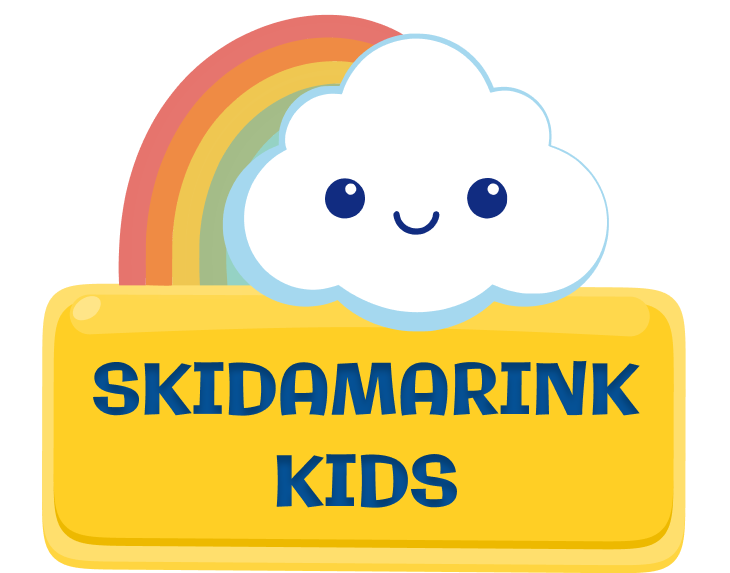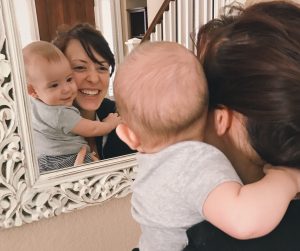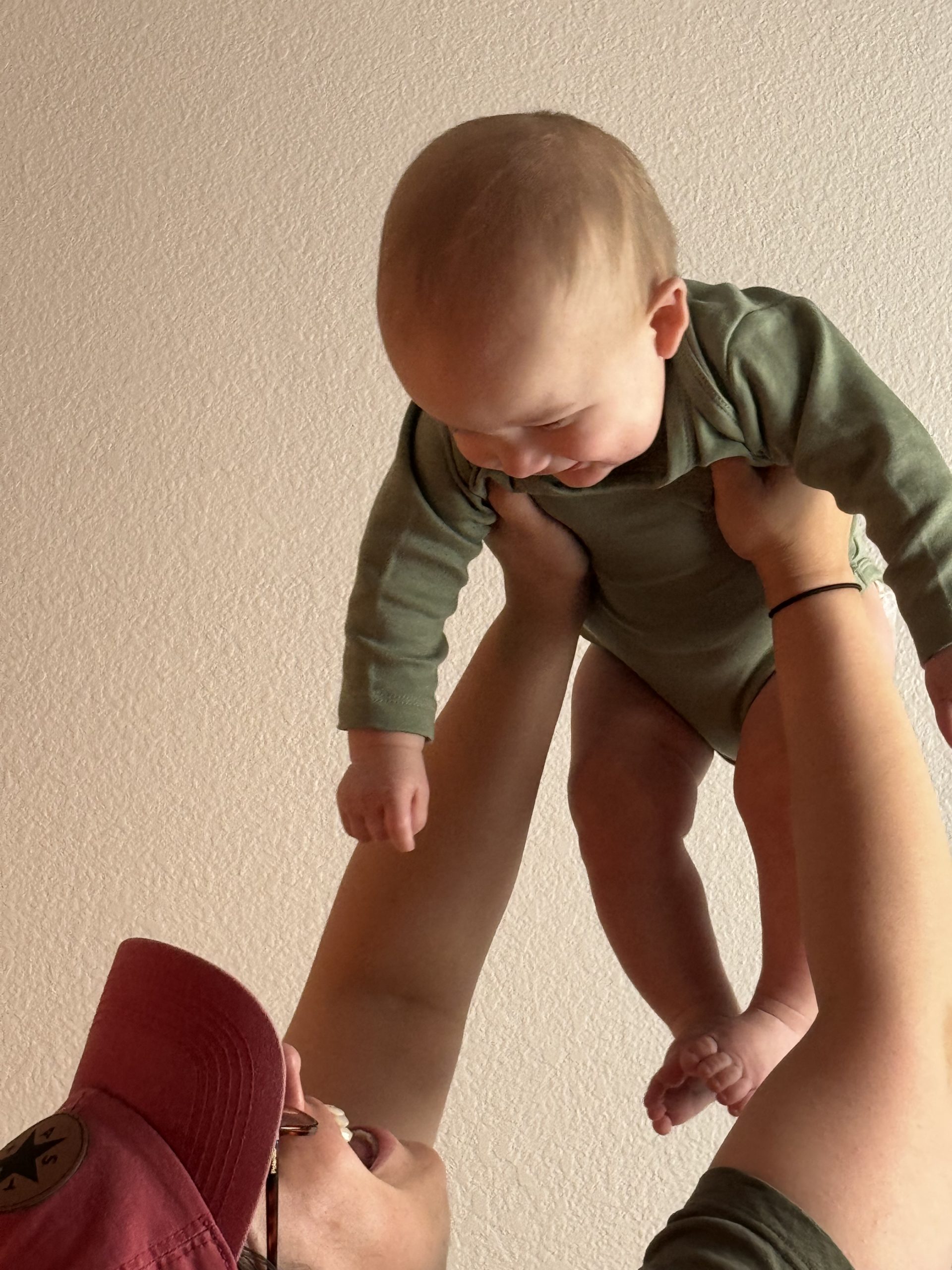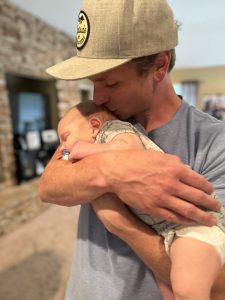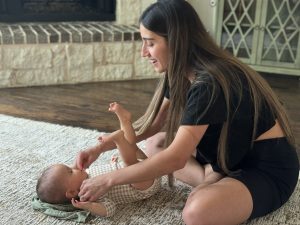Reading and Responding to Your Baby’s Expressions
Your baby is communicating with you from day one, sharing their needs, feelings, and growing personality through a rich variety of facial expressions and sounds. Learning to read and respond to these cues helps build a deep, nurturing bond with your little one and supports their emotional development.
The First Smiles
Those early weeks of parenting are intense, filled with middle-of-the-night feedings and countless diaper changes. Then one day, your baby looks up at you and breaks into a genuine, heart-melting smile. While newborns may smile reflexively in their sleep, that first social smile typically appears between 6-8 weeks. When your baby grins in response to your voice or face, smile back! This simple exchange is your baby’s first “conversation” and helps them learn about positive social interaction.
Signs of Discomfort or Overstimulation
Your baby may furrow their brow, turn their head away, or make jerky movements when they’re feeling overwhelmed. For instance, during a family gathering, you might notice your baby averting their gaze or becoming fussy. This is their way of saying “I need a break.” Responding by moving to a quieter space or holding them close shows that you understand and respect their needs.
The “I’m Getting Hungry” Face
Many babies display specific pre-crying hunger cues: rooting (turning their head and opening their mouth), bringing their hands to their face, or making small, low-pitched sounds. Learning to spot these early signs helps you respond before your baby becomes distressed. Your baby might start by gently smacking their lips, then gradually become more insistent if their need isn’t met.
Expressions of Joy and Interest
Watch for your baby’s expressions of delight during play – their eyes might widen, their mouth might open in an ‘O’ shape, and their whole face lights up. When your baby shows interest in something – perhaps tracking a colorful toy or studying your face – support their curiosity. If they’re captivated by the family dog, you might narrate: “Yes, that’s our dog Max! He’s so fluffy, isn’t he?”
The Tired Tell-Tales
A tired baby often shows specific signs: rubbing their eyes, becoming less focused, or making jerky movements. Your baby might start by showing mild tiredness – perhaps looking away more frequently – before progressing to more obvious signs like fussiness. Learning your baby’s unique tired signs helps you establish healthy sleep routines.
Reading Your Baby’s Distress
When upset, babies may scrunch up their face, turn red, and cry with different intensities. Each baby’s cry is unique – you’ll soon learn to distinguish between “I’m hungry,” “I’m uncomfortable,” and “I need cuddles.” Don’t worry if it takes time to decode these signals; your responsiveness, even when you’re not sure what’s wrong, helps your baby feel secure.
Trust Your Instincts
As you spend time with your baby, you’ll become fluent in their unique way of expressing themselves. Some babies are more subtle in their cues, while others are more dramatic. There’s no one-size-fits-all guide to baby expressions – what matters is staying attuned to your little one and responding with consistency and love.
Remember that responding to your baby’s expressions isn’t about getting it right every time. It’s about showing them that their feelings matter and that you’re there to support them as they learn to navigate their world. Each responsive interaction helps build their sense of security and lays the foundation for healthy emotional development.
Your baby’s expressions are their first language – a beautiful way of sharing their inner world with you. By paying attention and responding with warmth, you’re not just meeting their immediate needs; you’re teaching them that their feelings are valid and that they can count on you to understand and care.
Ali
